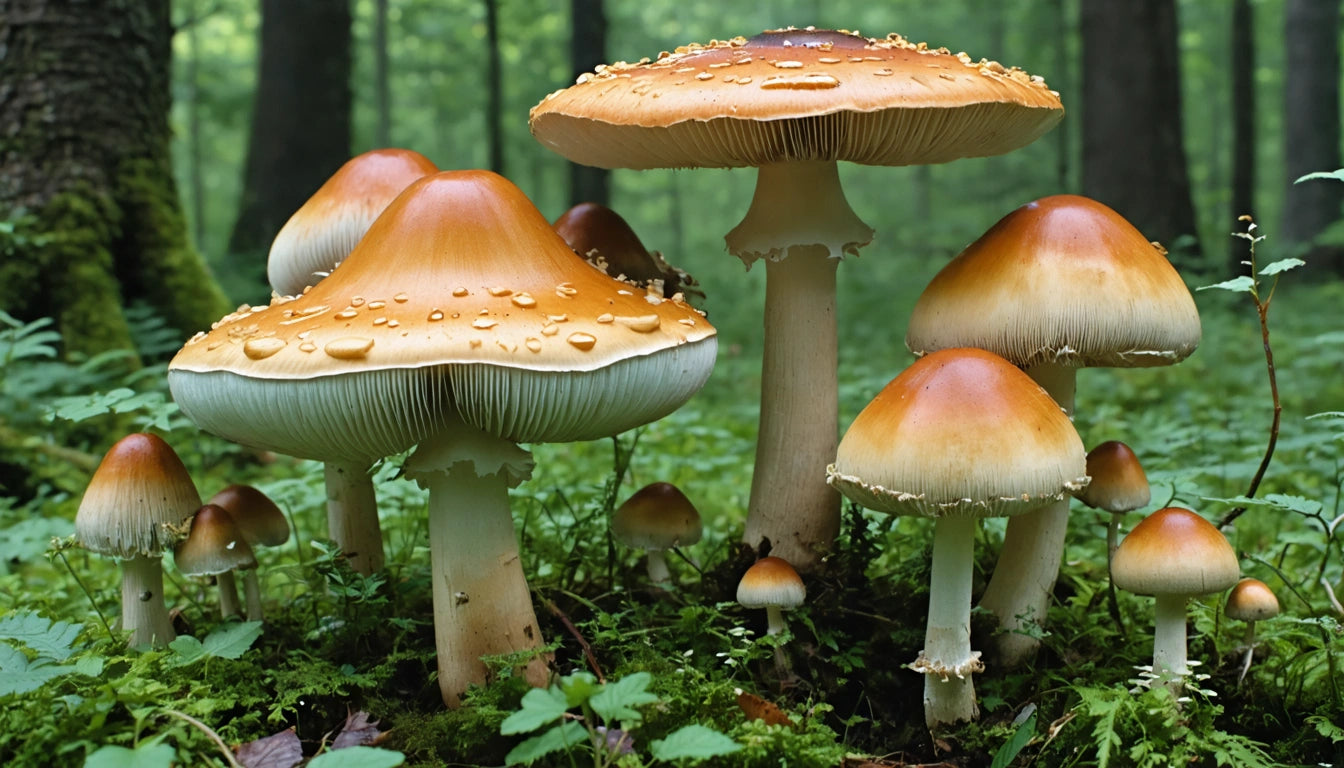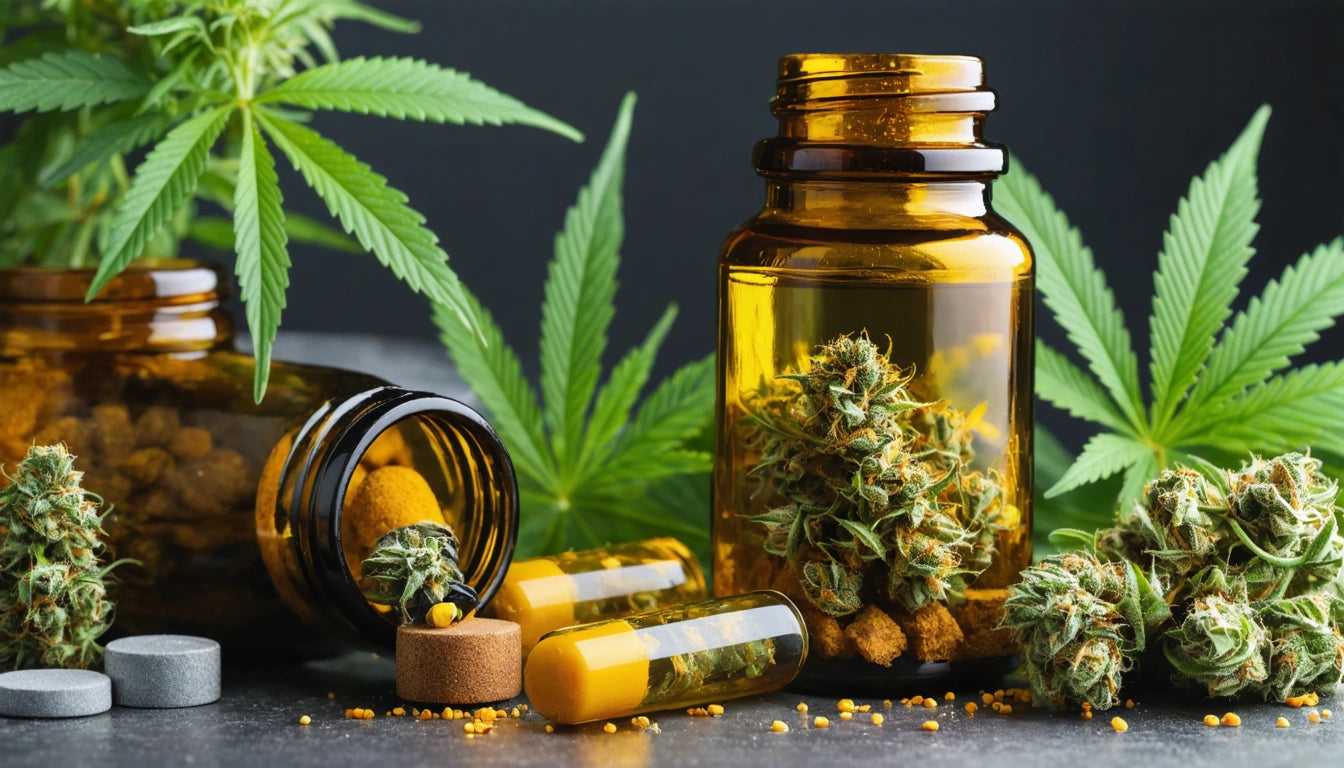Table of Contents
- Natural Habitats: Where Psychedelic Mushrooms Grow
- Identification Guide: What Hallucinogenic Mushrooms Look Like
- Popular Varieties: Best Psychedelic Mushroom Strains
- Spore Sources: Legal Ways to Obtain Mushroom Spores
- Consumption Methods: How to Use Psychedelic Mushrooms
- Safety Considerations: Responsible Use Practices
- Future Outlook: The Evolving Landscape of Psychedelic Research
A Comprehensive Guide to Finding, Identifying, and Using Psychedelic Mushrooms Safely
Psychedelic mushrooms have been used for centuries in various cultures for spiritual, medicinal, and recreational purposes. Today, there's growing interest in these fungi as research reveals potential therapeutic benefits for conditions like depression, anxiety, and PTSD. This guide explores where psychedelic mushrooms grow naturally, how to identify them safely, and best practices for consumption.
Natural Habitats: Where Psychedelic Mushrooms Grow
Understanding where to find psychedelic mushrooms begins with knowledge of their preferred habitats. Psilocybin-containing mushrooms grow in diverse environments worldwide.
Common Growth Environments
Psychedelic mushrooms typically thrive in:
- Grasslands and pastures (especially after rainfall)
- Wooded areas with decomposing wood
- Subtropical and tropical forests
- Areas with nutrient-rich soil and organic matter
The question of where do psychedelic mushrooms grow naturally has different answers depending on the species. For example, Psilocybe cubensis prefers subtropical climates and often grows on cow dung, while Psilocybe semilanceata (Liberty Caps) favors grassy fields in temperate regions.
According to this comprehensive resource on magic mushroom varieties, seasonal timing is crucial when searching for wild specimens.
Identification Guide: What Hallucinogenic Mushrooms Look Like
Learning how to identify psychedelic mushrooms is essential for safety, as misidentification can lead to serious health risks.
Key Identification Features
When examining what do hallucinogenic mushrooms look like, observe these characteristics:
- Bluish bruising when handled or damaged (common in many psilocybin mushrooms)
- Purple-brown to black spore prints
- Slender stems, often with fibrous texture
- Bell-shaped or conical caps in many species
- Gills that are adnate (attached to the stem) or adnexed
Never consume wild mushrooms without absolute certainty of identification. Many toxic look-alikes exist that can cause severe illness or death. This guide to psychedelic mushroom types provides detailed information on distinguishing features.
Popular Varieties: Best Psychedelic Mushroom Strains
For those wondering what are the best psychedelic mushrooms, several varieties are known for their reliability and distinct effects.
Notable Psilocybin Mushroom Varieties
- Psilocybe cubensis (Golden Teacher): Considered ideal for beginners due to moderate potency and reliable growth
- Psilocybe azurescens: Known for high potency and visual effects
- Psilocybe cyanescens (Wavy Caps): Potent strain with strong visual components
- Psilocybe semilanceata (Liberty Caps): Common in Europe, known for clarity of thought
The best strains of psychedelic mushrooms often depend on individual goals, whether therapeutic, spiritual, or recreational. Potency can vary significantly between varieties.
Spore Sources: Legal Ways to Obtain Mushroom Spores
For those interested in mycology, understanding where to get psychedelic mushroom spores legally is important.
In many regions, while the mushrooms themselves may be controlled substances, the spores (which don't contain psilocybin) may be legal to possess for microscopy or research purposes. However, laws vary significantly by location.
This resource on finding quality mushroom spores outlines reputable sources and legal considerations. Always verify local regulations before purchasing.
Consumption Methods: How to Use Psychedelic Mushrooms
Once safely sourced and identified, understanding how to eat psychedelic mushrooms properly is crucial for a positive experience.
Common Consumption Methods
- Direct consumption: Eating dried mushrooms (often with food to mask flavor)
- Tea preparation: Learning how to make psychedelic mushroom tea can reduce nausea and improve taste
- Capsules: Powdered mushrooms in measured doses
- Edibles: Incorporated into foods (chocolate is common)
Dosage is critical, with experts typically recommending starting with low doses (0.5-1g dried material) for beginners. The benefits of mushrooms psychedelics may be experienced even at these lower doses, sometimes called microdoses.
Safety Considerations: Responsible Use Practices
Safety should always be the priority when exploring psychedelic mushrooms.
Essential Safety Practices
- Research thoroughly before attempting to find or consume
- Never forage alone or without expert knowledge
- Start with low doses in comfortable settings
- Have a trusted, sober companion present
- Avoid combining with other substances, especially alcohol
- Consider potential drug interactions and contraindications
Understanding the legal status of psychedelics in your region is also crucial. This overview of psychedelic mushroom legality provides state-by-state information for the US.
Future Outlook: The Evolving Landscape of Psychedelic Research
The field of psychedelic research is rapidly evolving, with clinical trials showing promising results for treatment-resistant depression, end-of-life anxiety, PTSD, and addiction. As research progresses, we may see changes in both legal status and medical applications.
For those interested in the therapeutic potential rather than recreational use, following clinical research and potentially participating in legal clinical trials may be the safest approach. Organizations like MAPS (Multidisciplinary Association for Psychedelic Studies) provide updates on research developments and legal changes.
Whether for personal exploration, spiritual practice, or interest in potential therapeutic benefits, approaching psychedelic mushrooms with respect, caution, and thorough knowledge is essential for safety and positive outcomes.











Leave a comment
All comments are moderated before being published.
This site is protected by hCaptcha and the hCaptcha Privacy Policy and Terms of Service apply.